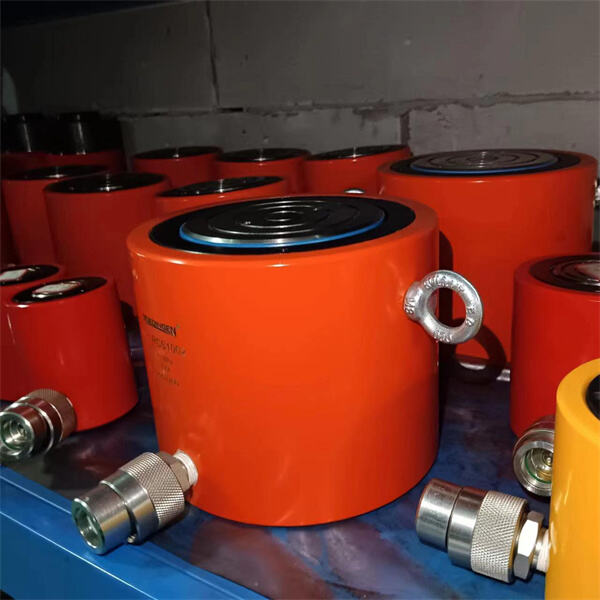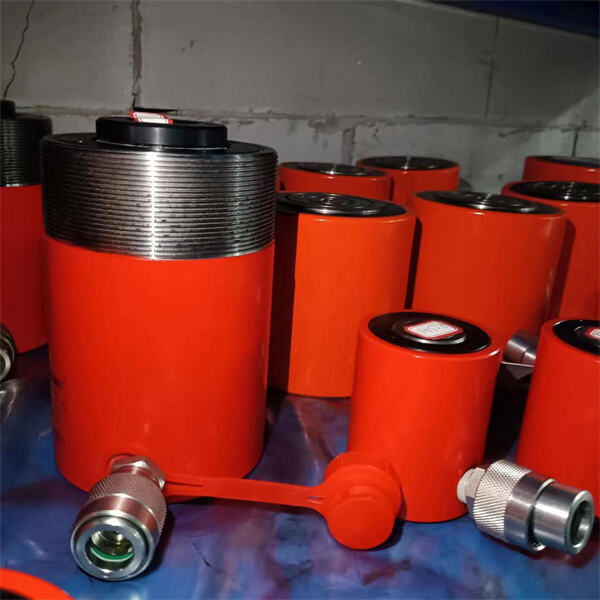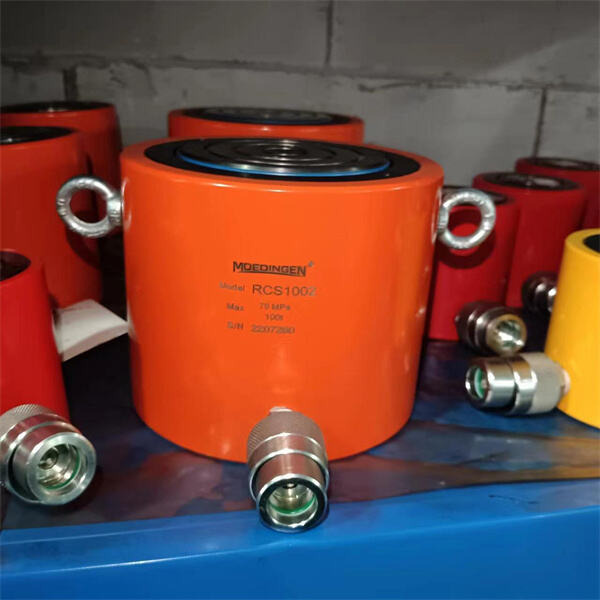إنها واحدة من العناصر الأساسية والأساسية في المكابس الهيدروليكية. الوظيفة الرئيسية لهذه الأختام هي الحفاظ على سائل الهيدروليك داخل المكبس - وهي جزء حيوي في قدرته على رفع الأجسام الثقيلة. تُستخدم المكابس الهيدروليكية في: البناء، التعدين وإصلاح السيارات. كان على العمال بذل جهد كبير لرفع أي أجسام ثقيلة أو سيارات دون مكابس هيدروليكية. تجعل المكابس الهيدروليكية رفع الأشياء الثقيلة والمعقدة أمرًا مريحًا وغير ممكن للشخص الواحد.
عند الحديث عن المكبس الهيدروليكي، فإن الأختام تلعب دورًا أكثر أهمية لأن بدونها لن يعمل مكبسك بشكل جيد أو فعال. إذن، هذا هو السائل الهيدروليكي الموجود داخل المكبس الذي يساعد في رفع أوزان أكبر في حالة وجود طبل قسري على العجلات وغيرها من الطبالين الثقيلة. بدون السائل الهيدروليكي، سيتدفق المكبس - مما يعني أنك لا تستطيع رفع أي شيء باستخدام قوة هيدروليكية ولا يعمل بشكل صحيح. تعتبر الختم نسخة المكبس من البطل الخارق، لأنه يمنع تسرب السائل حتى يتمكن سيارتك من الرفع. وهذا بالضبط هو سبب أهمية وجود ختم جيد في عملية المكابس الهيدروليكية.
بالإضافة إلى ذلك، مكبس هيدروليكي جاك يُمكّن المسمار من رفع أشياء أثقل. سائل الهيدروليك سيظل داخل المسمار طالما تم إغلاقه بشكل صحيح. الزيادة في الميزة الميكانيكية تسمح للمسمار برفع وزن أكبر دون بذل جهد إضافي. يتيح للأفراد تنفيذ عملهم بسرعة. يمكن أن يؤدي الأداء السيئ للختم إلى حدوث تسريبات. التسريبات مشكلة أخرى مع هذا المسمار لأن بمجرد بدء السائل في التسرب، سيقلل ذلك من فعالية خيارك الأخير، وعند محاولة رفع شيء ثقيل باستخدام قوة هيدروليكية معطلة أو تحتوي على كمية أقل من الزيت، يحدث أمور غير مرغوب فيها. وبالتالي,则 فإن تشغيل الختم بشكل صحيح هو أمر ضروري لفعالية المسمار الهيدروليكي.
ما هو متوقع من ختم الجاك الهيدروليكي هو عامل رئيسي يضمن عمله بلا توقف دون السماح بحدوث تسريب. الختم يتصل بشكل محكم حول المكبس، الذي يتحرك صعودًا وهبوطًا عند رفع السيارة باستخدام الجاك. إذا تحرك المكبس، فإنه سيضغط على السائل الهيدروليكي الذي يمر عبر الجاك ومن ثم إلى الجزء الأسطواني. يتم إبقاء السائل في مكانه ولا يُسمح له بالتسرب إلى الأرض بفضل ختم قوي. ويجب إعادة استخدامه، لذا فإن الحفاظ على السائل الهيدروليكي (الذي ليس رخيصًا أيضًا) مهم جدًا. سيساعدك ذلك على توفير الوقت والمال وتجنب الكثير من المشاكل عن طريق إبقاء السائل محبوسًا ليستمر الجاك في العمل صعودًا وهبوطًا.

تأتي ختميات الجاك الهيدروليكي بجميع الأشكال والأحجام، ويمكن تصنيعها من مجموعة متنوعة من المواد. أما الختميات الأخرى فهي مطاطية إلى معدنية. يعتمد النوع الذي تحتاجه من ختم محور الجاك على تطبيقك وما نوع الجاك الذي تحصل عليه. هناك ختميات مصنوعة لبيئات شديدة الحرارة بينما تعمل الأخرى بشكل أفضل في البرودة - احرص على مراعاة هذا. بالإضافة إلى ذلك، يمكن لبعض الختميات مقاومة الكيماويات والعوامل المدمرة الأخرى التي قد تفسدها عادةً. واحدة من أهم الخطوات للحفاظ على جاك هيدروليكي فعال ومستمر لفترة طويلة هي اختيار النوع المناسب من الختم.

في كل مرة تحتاج فيها إلى استبدال ختم الجاك الهيدروليكي، فإن استبداله بأمان هو أمر بالغ الأهمية. 1- ادفع الجاك لأسفل وتأكد من عدم وجود طاقة متصلة. سيضمن هذا العمل بدون حوادث. ارتدي قفازات واقية ونظارات عند التعامل مع السوائل الهيدروليكية القابلة للاشتعال. الأفضل أن تكون آمنًا بدلاً من الندم!

مع فك المسمار، يمكنك إزالة الختم القديم. نظفها جيدًا، ثم أزل الختم القديم وقم بتثبيت ختم جديد. من الضروري جدًا أن يتناسب الختم الجديد بشكل صحيح حول المكبس لذا تأكد من أنه يمكن تحريكه بسلاسة.